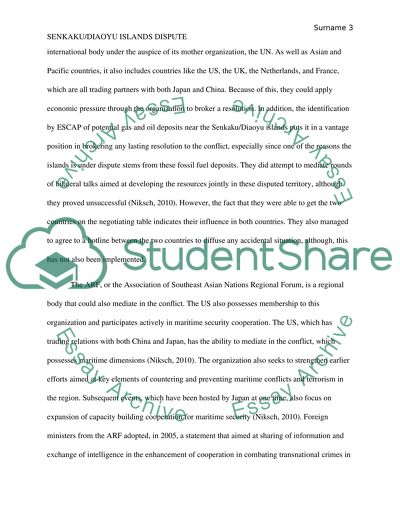Cite this document
(“Political science Essay Example | Topics and Well Written Essays - 1000 words - 1”, n.d.)
Political science Essay Example | Topics and Well Written Essays - 1000 words - 1. Retrieved from https://studentshare.org/history/1471218-political-science
Political science Essay Example | Topics and Well Written Essays - 1000 words - 1. Retrieved from https://studentshare.org/history/1471218-political-science
(Political Science Essay Example | Topics and Well Written Essays - 1000 Words - 1)
Political Science Essay Example | Topics and Well Written Essays - 1000 Words - 1. https://studentshare.org/history/1471218-political-science.
Political Science Essay Example | Topics and Well Written Essays - 1000 Words - 1. https://studentshare.org/history/1471218-political-science.
“Political Science Essay Example | Topics and Well Written Essays - 1000 Words - 1”, n.d. https://studentshare.org/history/1471218-political-science.


